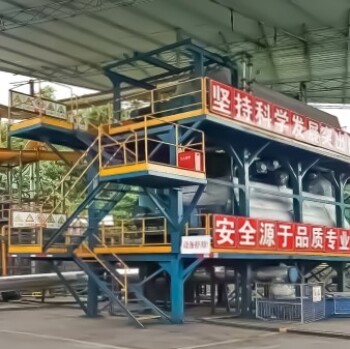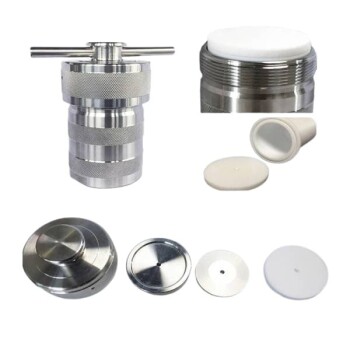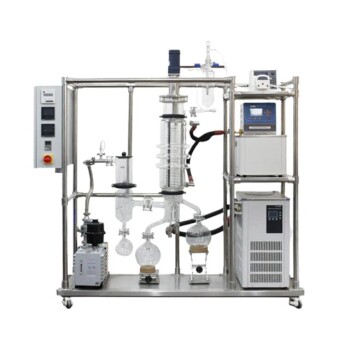Pyrolysis is bad for the environment due to several reasons. Firstly, during the process of conventional pyrolysis, toxic gaseous chemicals like nitrogen oxides and sulfur dioxide are emitted, which contribute to air pollution. These emissions can have negative impacts on air quality and human health.
Additionally, the ash byproduct of pyrolysis contains contaminants such as dioxins, mercury, and other heavy metals. When this ash leaches into groundwater, rivers, and lakes, it can contaminate these water sources and harm aquatic life.
Furthermore, pyrolysis involves burning plastics and other materials to generate energy. While this is better than simply wasting these materials, the burning process can still release harmful pollutants into the atmosphere if not done in controlled conditions. This includes emissions of gases, volatile organic compounds (VOCs), and particulate matter, which can contribute to air pollution.
In the case of biomass pyrolysis, the environmental impact can vary depending on the type of biomass used and the specific process employed. If the biomass is sourced from unsustainable or illegal logging practices, it can contribute to deforestation and habitat destruction. Additionally, if the pyrolysis process is not properly controlled, it can release pollutants into the air or water.
There are also other drawbacks associated with pyrolysis. Fire and explosion hazards can occur if safety protocols are not followed. Emission control systems, such as scrubbers and filters, are necessary to prevent the release of pollutants into the atmosphere. Occupational safety measures, including proper training and personal protective equipment, are important to protect workers. Proper waste handling and storage practices are required to prevent environmental contamination.
Moreover, biomass pyrolysis has its own disadvantages. The initial investment for building a biomass pyrolysis plant can be high, leading to high capital costs. The process can be complex and require specialized equipment and skilled personnel to operate. Biomass feedstocks can vary in quality and composition, affecting the pyrolysis process and the quality of the final products. The process of pyrolysis also requires energy input, increasing overall energy costs. The quality and composition of the final products can vary depending on the feedstock and the conditions of the pyrolysis process. Lastly, if the biomass pyrolysis process is not properly controlled, it can lead to the release of pollutants such as volatile organic compounds (VOCs) and particulate matter (PM).
To mitigate these negative impacts, it is important to ensure proper design, operation, and maintenance of pyrolysis facilities. This includes implementing emission control systems, following safety protocols, and complying with local regulations. Regular inspections, training, and monitoring are necessary to address any potential issues promptly.
Looking for an eco-friendly alternative to pyrolysis? Look no further! KINTEK, your trusted laboratory equipment supplier, offers cutting-edge solutions that prioritize environmental sustainability. Our state-of-the-art technology ensures minimal emissions and maximum control over the pyrolysis process. Say goodbye to harmful pollutants and hello to a greener future. Contact us today and let's work together towards a cleaner planet.











